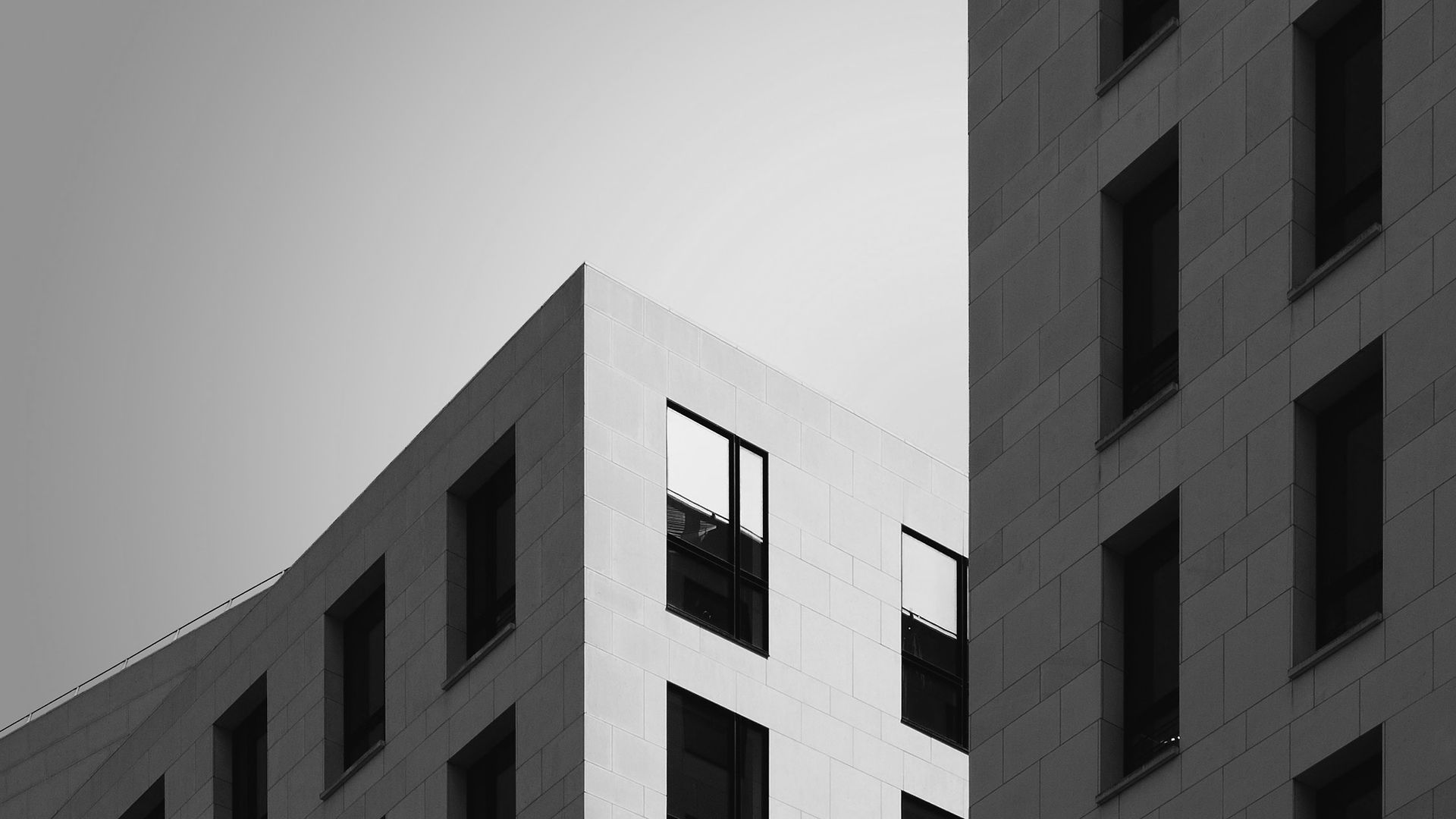Bringing Nature Indoors: Exploring the Wonders of Biophilic Interior Design
- janfred joy
- Dec 23, 2023
- 2 min read
Updated: Dec 23, 2023

Introduction
In a fast-paced and urbanised world, the longing for a connection with nature has never been stronger. Biophilic interior design, a concept rooted in our innate desire to be close to nature, has gained prominence as a design philosophy that seeks to bring the outdoors inside. In this blog, we'll delve into the fascinating world of biophilic interior design, exploring its principles, benefits, and how it can transform living and working spaces into havens of tranquility and well-being.

Understanding Biophilic Design
Biophilic design is an innovative approach that incorporates natural elements, patterns, and materials into the built environment, fostering a harmonious relationship between people and nature. Derived from the term "biophilia," which means love for nature, this design philosophy seeks to create spaces that enhance human well-being by tapping into our deep-seated connection with the natural world.
Key Principles of Biophilic Design
1. Nature in the Space Integrating natural elements like plants, water features, and natural light into interiors.
2. Natural Materials Using materials such as wood, stone, and bamboo to create a sense of authenticity and warmth.
3. Views and Visual Connections: Maximising views of the outdoors and incorporating nature-inspired artwork to evoke a sense of the natural world.
4. Organic Shapes and Patterns Incorporating natural forms and patterns into the design, such as fractals and biomimicry.
5. Dynamic and Interactive Spaces: Creating spaces that evolve and change over time, mirroring the dynamic qualities of nature.
Benefits of Biophilic Design
1. Improved Well-Being Studies have shown that exposure to nature in indoor environments can reduce stress, enhance mood, and improve overall well-being.
2. Increased Productivity Incorporating biophilic elements in workspaces has been linked to higher levels of productivity and creativity.
3. Enhanced Creativity Exposure to nature has been shown to stimulate creativity, making biophilic design an excellent choice for spaces where innovation is encouraged.
4. Health and Healing Biophilic design has been associated with faster healing times in healthcare environments, contributing to the overall well-being of patients.

Biophilic Design in Different Settings
1. Residential Spaces Transforming homes into tranquil retreats by integrating natural materials, plants, and calming colour palettes.
2. Work Environments Creating productive and inspiring workplaces by incorporating greenery, natural light, and flexible, dynamic spaces.
3. Hospitality Industry Enhancing guest experiences in hotels, restaurants, and spas through nature-inspired design elements.
4. Educational Spaces Fostering a positive learning environment by bringing nature into classrooms and communal areas.
Conclusion
Biophilic interior design is more than just a trend; it's a holistic approach to creating spaces that resonate with our inherent connection to nature. By incorporating the principles of biophilic design, we can cultivate environments that promote well-being, productivity, and a profound sense of harmony with the natural world. As we continue to seek balance in our lives, biophilic design stands as a beacon, inviting us to bring the outdoors inside and reap the countless benefits of a nature-inspired living and working space.






Comments